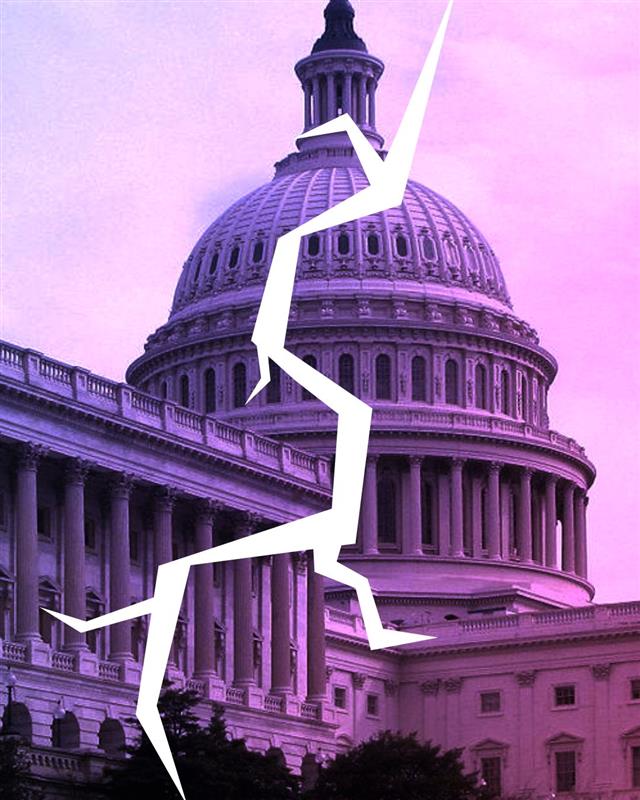Examples of community are everywhere. We just have to look.
I’m a big fan of my little town of Pendleton, South Carolina—population 3,697. I moved downtown about a year ago, and since then, I’ve spent a lot of time thinking about what makes this place work so well. It’s more than just a pleasant area. Pendleton is a place where you can belong, not just live.
That sense of belonging reminded me of something Seth Kaplan, a scholar of fragile states and neighborhood dynamics, said on my podcast. He draws a distinction between neighborhoods and communities. Neighborhoods can be friendly and functional, but communities require trust and interdependence. By that measure, Pendleton is a true community.
Yes, I can walk to three coffee shops, a bakery, a boutique candy store, an ice cream shop, a fantastic bookstore, and several historic buildings. It’s safe for kids to wander, and our local government—schools, sanitation, police, emergency responders—works well. But what makes Pendleton special is the way people step up, collaborate, and create. That’s agency—not just individual, but collective. And it’s something I’ve found lacking in much bigger places I’ve lived, like Arlington, Virginia, and Chicago, Illinois.
Agency Is the Heart of Community
In those larger cities, I often felt disconnected. Even with higher property values and more people, there were fewer amenities, less safety, and governments that functioned unevenly. More importantly, there was little sense of agency. Creating something new felt impossible—not just because of red tape, but because it was hard to know who else cared or where to go for help.
Pendleton is different. It’s small enough and collaborative enough that people actually do things. They solve problems. They build traditions. They make things happen.
Take our local beautification efforts. Groups like Pendleton Pride in Motion and Keep Pendleton Beautiful organize volunteers to pick up litter, maintain trails, and keep our parks clean. I won’t try to name everyone involved—there are too many—but their work is visible and impactful.
During the pandemic, my neighbor Ginny Gaulin couldn’t travel to Germany, so she brought a bit of Europe to Pendleton. She organized a European-style Christmas market with just 10 vendors around the holiday tree. This year, there will be 60. The shops stay open late, you can sip mulled wine or hot chocolate, and it’s become a major draw for the region. What started as one person’s idea is now a beloved tradition—thanks to collaboration between Ginny, the town, and the businesses on the square.
In 2021, another neighbor, Amy Albright, opened The Pendleton Bookshop in the historic Hunter’s Store. She hoped it would become a community institution—and it has. With its lofty ceilings, worn hardwood floors, and shelves of bestsellers and local authors, it’s now a hub for writers, artists, and neighbors. Upstairs, a gallery curated by Kimberly Huddleston showcases local art. It’s a place where people gather, connect, and create.
No One Else Will Do It
Pendleton often reminds me of the 90s TV show Northern Exposure, set in the fictional town of Cicely, Alaska. With just one store, one doctor, one radio station, and one restaurant, there was no diffusion of responsibility. If something needed doing, people did it—because they knew no one else would.
Pendleton feels the same way. No one else will save our historic buildings, start a Christmas market, or organize a cleanup day. So we do it ourselves.
Building Trust, One Interaction at a Time
The point of distinguishing between a neighborhood and a community isn’t to label where you live—it’s to recognize that regular people can turn a neighborhood into a community. The ingredients are simple:
- Face-to-face interaction builds trust. That’s why polling consistently shows people trust local and state government more than national. If you want to feel more connected, start where you live.
- Collaboration strengthens that trust. Solve a small problem together—like painting over graffiti—and it becomes easier to tackle bigger issues, like zoning or organizing a town event.
- Trust is essential in emergencies. When things go wrong, you’ll need your neighbors. First responders can’t fill every gap—but neighbors can. And trust takes time to build.
- Community is a benefit in itself. It’s not just about festivals or clean parks. It’s about living among people who know you, value you, and show up for you.
You Don’t Have to Live in Pendleton
Not everyone can move to Pendleton—but you can build community wherever you are. Host a potluck. Organize a cleanup. Start a conversation. It’s nice to wave at your neighbors. But it’s transformative when you invite them to dinner or work side by side to fix a fence.
Independent voters and community builders share something powerful: a belief in agency, collaboration, and the idea that real change starts locally. Whether it’s at the ballot box or on your block, we’re modernizing the American Dream—one neighbor, one idea, one action at a time.



%201.jpg)

